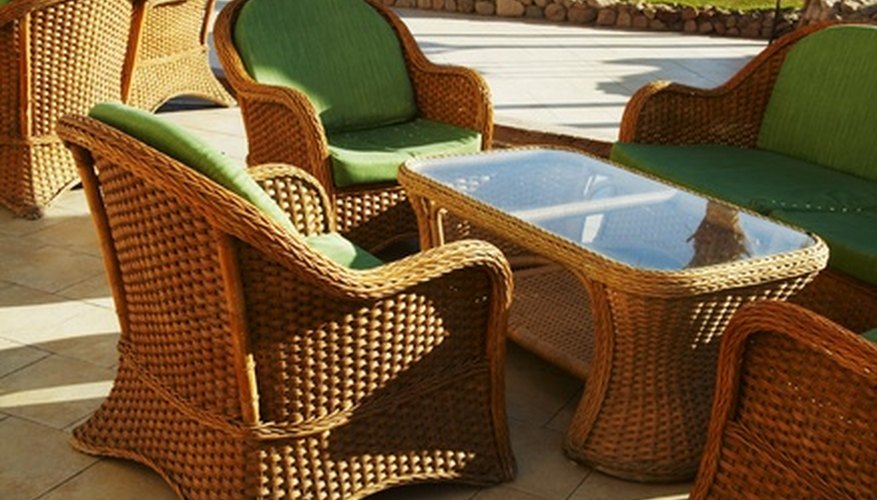Whether you're cleaning out your attic, moving or helping a family member downsize, often you have used furniture that you simply don't need anymore. If you don't want to give it away or donate it, you'll need to sell your used furniture. And that means pricing it. Pricing used furniture can be tricky. Price it too low and you'll feel you've cheated yourself. Price it too high and you'll be stuck with it. Knowing how to determine the furniture's worth is key to pricing it just right.
- Whether you're cleaning out your attic, moving or helping a family member downsize, often you have used furniture that you simply don't need anymore.
- If you don't want to give it away or donate it, you'll need to sell your used furniture.
Check your furniture for identifying marks. Furniture produced by well-known brands such as Drexel Heritage and Heywood-Wakefield can fetch higher prices in the resale market. If your furniture is marked, consult a collectable furniture guide at your public library to determine your furniture's worth.
Examine your furniture for stains, tears, cracks or any other damage. Even collectable furniture loses value if it is damaged, and furniture that is not collectable can command a higher price if it is in good condition.
Be realistic when pricing furniture that is in poor condition or has outdated or simply unattractive styling. Stained velour sofas, mirrored bedroom furniture and anything black lacquer with gold trim are not going to go for top price.
- Check your furniture for identifying marks.
- Stained velour sofas, mirrored bedroom furniture and anything black lacquer with gold trim are not going to go for top price.
Use local markets as a guide to pricing. Check your local Goodwill, Salvation Army and thrift stores to see what comparable furniture pieces are selling for there. For instance, the Salvation Army's guidelines state that the value range for a donated sofa is £27 to £156. A sofa that is in poor condition or has outdated styling would probably be valued at the lower end of that range. One with attractive styling and very little wear would be at the top end of that range.
- Use local markets as a guide to pricing.
- A sofa that is in poor condition or has outdated styling would probably be valued at the lower end of that range.
Expect to get less than half the original retail value for your used furniture. Unless it's highly collectable, a valuable antique, handmade or rare, the furniture is not going to bring the same price as a comparable new item.
TIP
If you determine that your used furniture is collectable or rare, check with local antique or upscale resale shops for pricing information for your area. Clean your furniture before attempting to sell it. Furniture that is stained or just dusty looks much less appealing than a similar item that's clean. Repair scratches in wood furniture with a scratch cover kit before pricing. You'd be surprised how much perceived worth this small step can add to your piece. If you're selling a large amount of furniture, consider consulting a resale shop, which may offer you one price for the entire lot.
